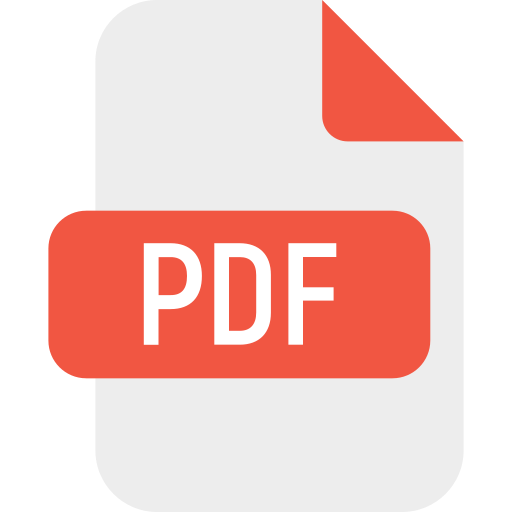Physical verification of fixed assets is a systematic process that auditors use to ensure that not only exist but also physically exist in the condition reported and are owned by the company. Management has an important role to play in the initiation and execution of this verification process, which usually takes place at the end of every accounting period as part of the audit.
A Physical Asset Audit is not complete without this step- physical asset verification provides assurance over the accuracy of financial statements, but also compliance with statutory and regulatory responsibilities. Physical asset verification also assists in establishing a company’s value because of depreciation, application, and status of the Asset.
Why Physical Asset Verification is Essential?
The benefits of undertaking physical verification for a business include:
- Accurate Reporting: Assurance that the assets on the balance sheet are correct, true, and in the same condition as reported.
- Fraud: Desirable physical verification will highlight any misuse/misplacement/theft of the company’s assets.
- Complying with Regulations: Additional warrant to comply with statutory requirements under the Companies Act, IFRS, GAAP, etc., or your industry regulations.
- Ownership Verification: Covers a business asset that is owned by the correct owner and that has enough documents available to further the idea that the titles, deeds, or ownership paperwork are valid.
- Record of Usage: It provides records of exactly where the asset is, with service history, and whether it is fit for usage.
Industries We Serve
We provide physical inventory verification across various industries:
- Construction- Verification of heavy equipment, site tools, and vehicles to assess compliance while reducing losses.
- Manufacturing- Auditing machinery, production consumables, and raw materials on hand to assess audit processes and operating standards.
- Retail- Inventory verification and inspection count of store fixtures to reduce losses and ensure inventory reporting accuracy.
How can AMA Global Help?
At AMA Global, we offer accuracy, compliance, and industry knowledge to your asset verification activities. Our team will ensure every asset in your register is:
- Physically Located & Tagged – we will locate each asset on-site, tag it (if necessary), and update on anything missing.
- Compliantly Documented – we will confirm ownership, titles, and supporting documentation, to ensure compliance with audit and legal requirements.
- Condition-Assessed – we will assess the working status and maintenance history to give you the right valuation.
- Digitally Reconciled– We give you a comprehensive digital asset register, fully updated to meet your internal auditor or external auditor’s review requirements.
- Audit Ready– Our reports are suitable for your regulatory audit, tax filings, or insurance claims.
We work with your finance, operations, and compliance teams to limit disruption and ensure our results withstand scrutiny. Whether it’s a single location verification or a multi-location audit, AMA Global allows nothing to fall through the cracks.
Process Overview
- Inventory Planning & Asset Register Review– Gather and investigate your asset data, then evaluate the data.
- On-Site Physical Inventory– Confirm the existence, location, physical condition, and required documentation of each asset.
- Tagging & Data Entry- Identify untagged assets and update missing information.
- Reconciliation- Match physical inventory with the asset register.
- Reporting– Provide a complete and audit-ready report for management and auditors.
Frequently Asked Questions
Q1. What is the cost of verifying physical assets?
The verification cost is dependent on the number of assets, locations, and complexity of the verification process. Small businesses may start from $500. Large industrial facilities could run into several thousands of dollars or more.
Q2. How long does it take to complete verification?
For small offices, the verification process could take from 1-2 days. For multi-location operations, the verification could take weeks.
Q3. What documents must I provide for verification?
We need the updated asset register, purchase invoices, ownership documents, maintenance logs, and disposal documents.
Q4. How often should tracking be carried out?
Annually for compliance tracking, but quarterly or semi-annually for high-value, high-mobility capital assets.
Q5. Do you issue reports in electronic format?
Yes, we issue a full reconciliation report and an amended digital asset register manual for auditors.
Book a Free Consultation
Make Your Asset Records Accurate, Compliant, and Audit-ready!

